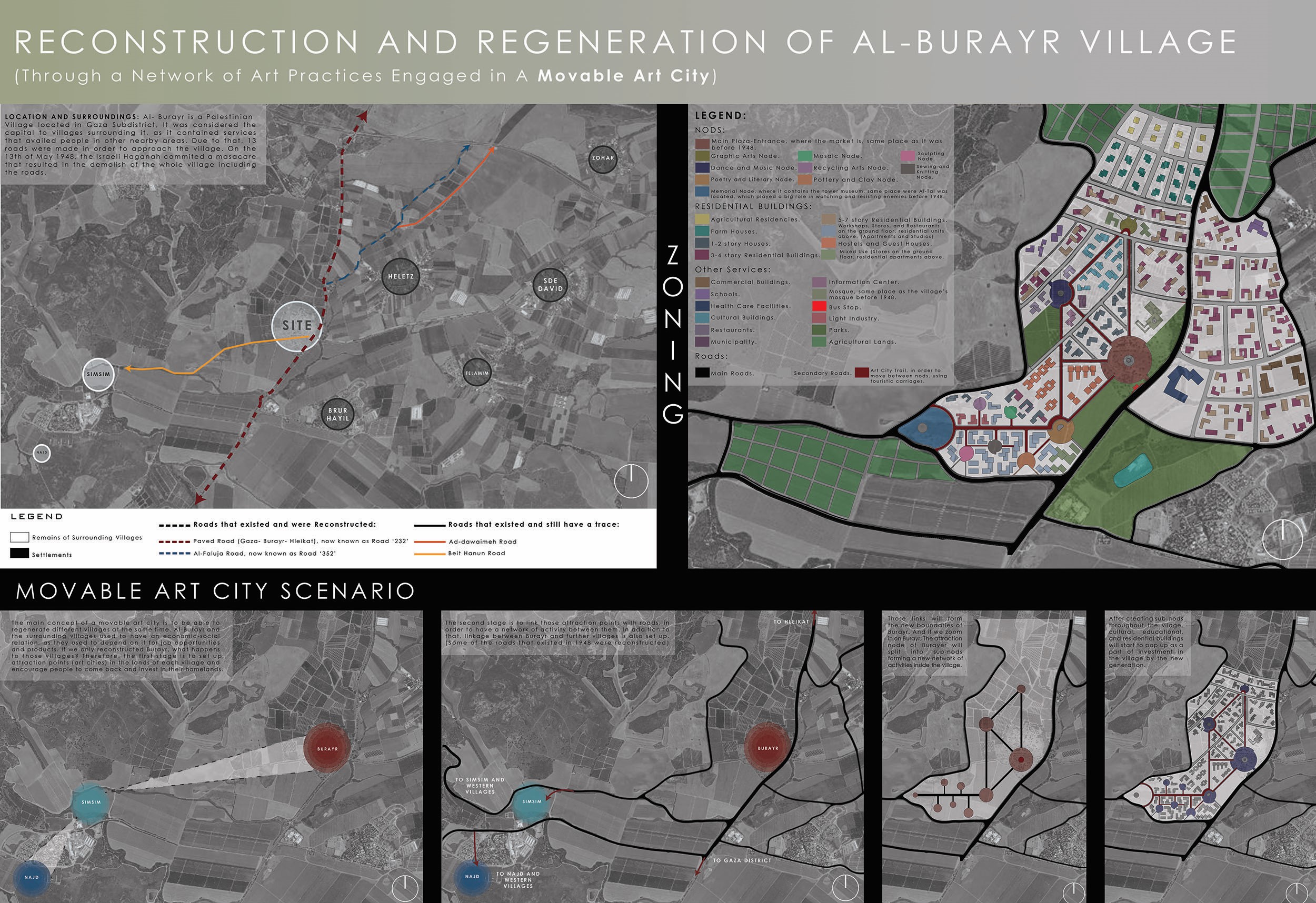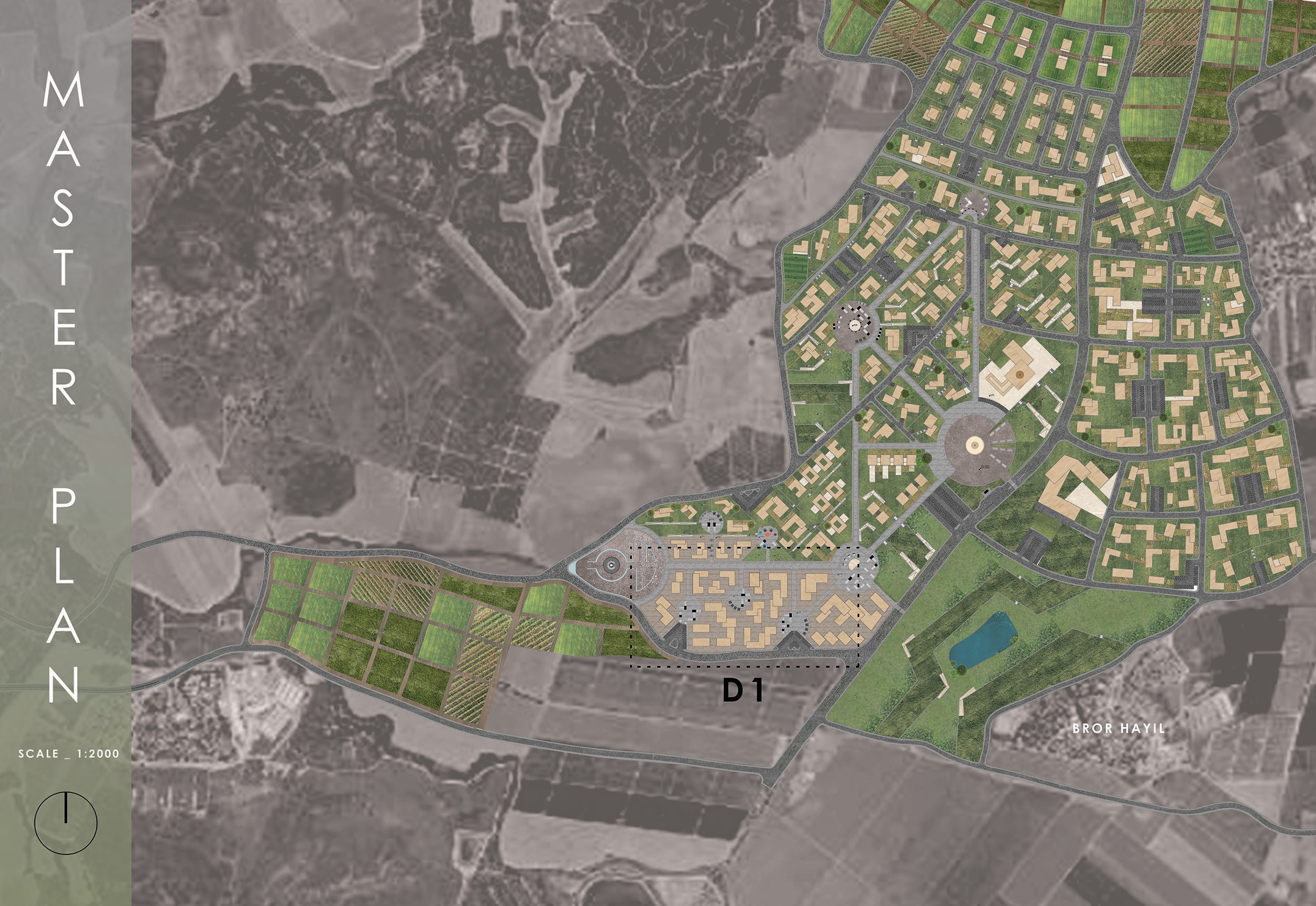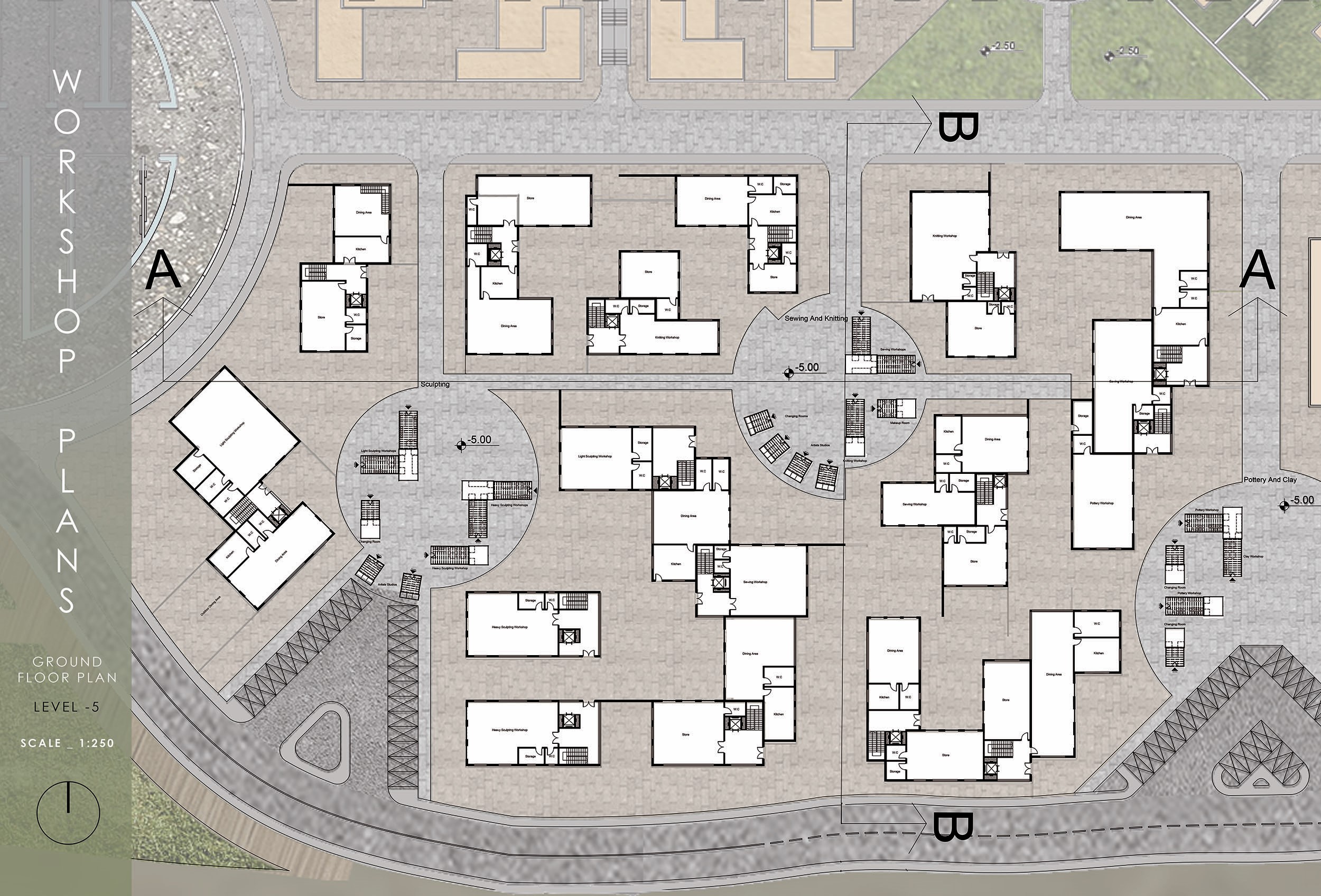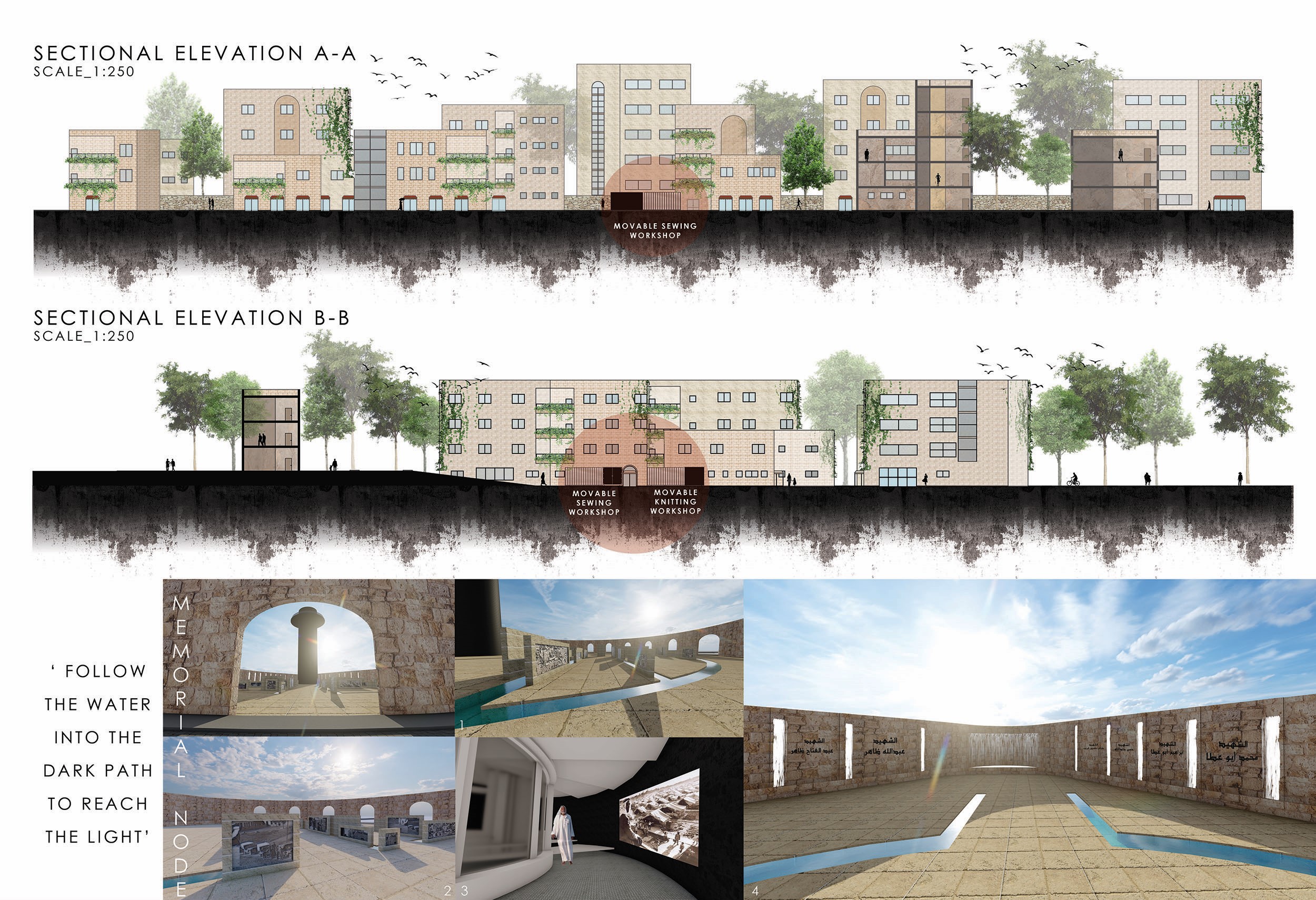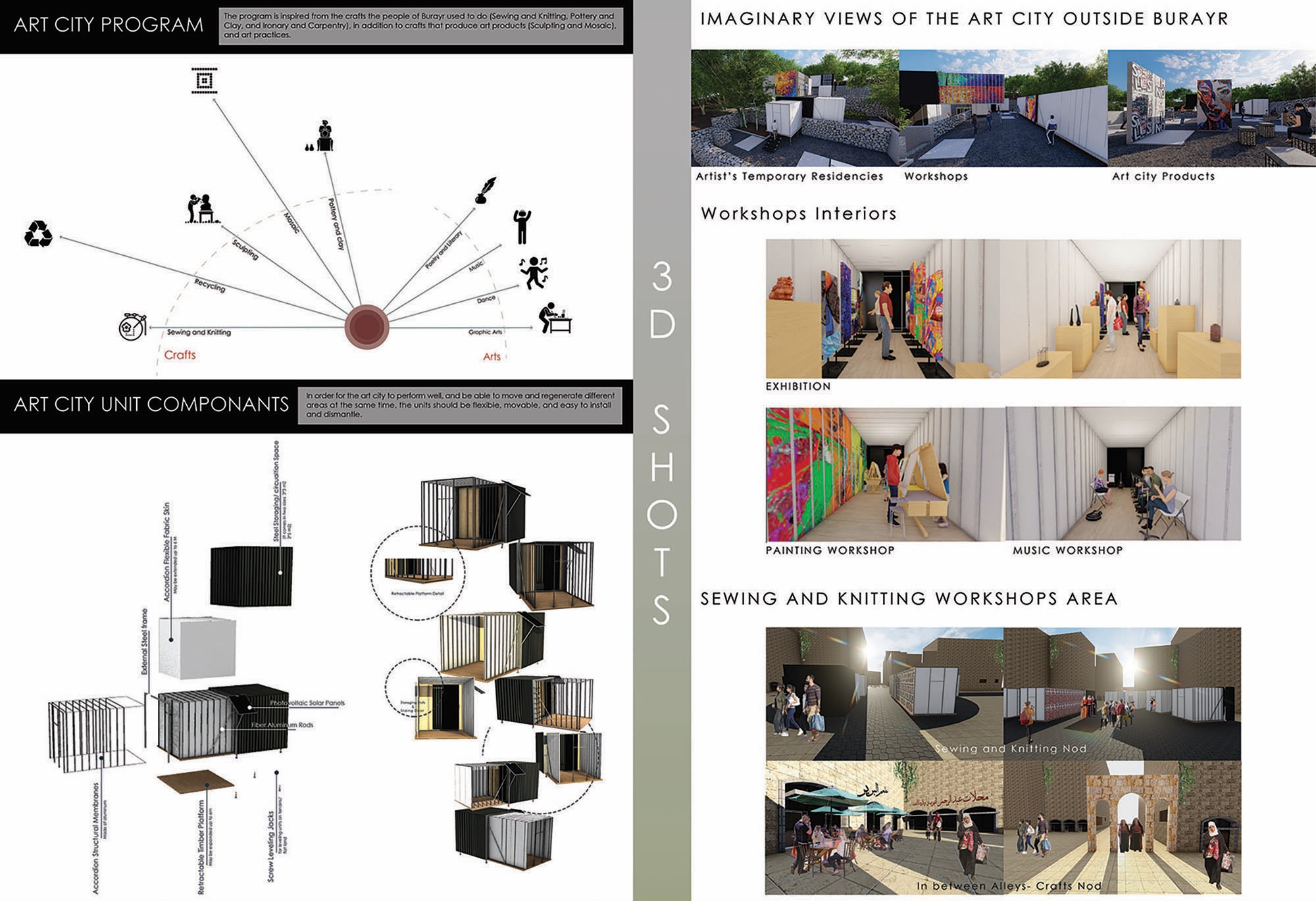Al-Burayr is a Palestinian village in the Gaza Subdistrict, located 18km to the north of Gaza city, and surrounded by the lands of Beersheba, and the villages of Al-Faluja, Hawj, Najd, Simsim, and Barbara. It was fully demolished and depopulated on the 13th of May 1948 in a massacre made by the Israeli gangs.
Al-Burayr was like a capital to the surrounding villages, like Najd and Simsim, where it was the place they seeked job opportunities and products (Wednesday market that used to be held in the village and attract people from nearby villages). It contained 2 schools, a mosque (all of the people of Burayr were Muslims), one out-patient facility, crafts workshops, stores, …etc. Al-Burayr spread on a slope, and there was a relatively high area known as Al-Tal, were they used to observe and resist the constant shelling from Bror Hayil.
The people of Burayr used to work in a variety of crafts, besides agriculture, such as: clay and pottery, sculpting, sewing and knitting, carpentry, and many more. Those crafts were not only limited to the people of Burayr, but also to people coming from surrounding villages, who used to work and stay in Al- Burayr, and after they finish their work, return to their families. In addition to crafts and agriculture, the village has witnessed a movement in the fields of poetry and literary.
Since Burayr was somehow considered a prosperous village, in comparison to its surroundings, 13 roads and pathways used to link between Al-Burayr and other villages, but two main roads were the most important, which are, the paved road (Gaza, Burayr, Hleikat) , known now as Road ‘232’, which links the north of Palestine to the south, and Al-Faluja Road, known now as Road ‘352’, which links the eastern villages to the western ones.
Al-Burayr now is an abundant area, no people, no standing structure, like it never existed. 5 settlements are now built on the lands of the village: Bror Hayil (which was built before the 1948 massacre), Sedi David, Heletz, Talamim, and Zohar.
